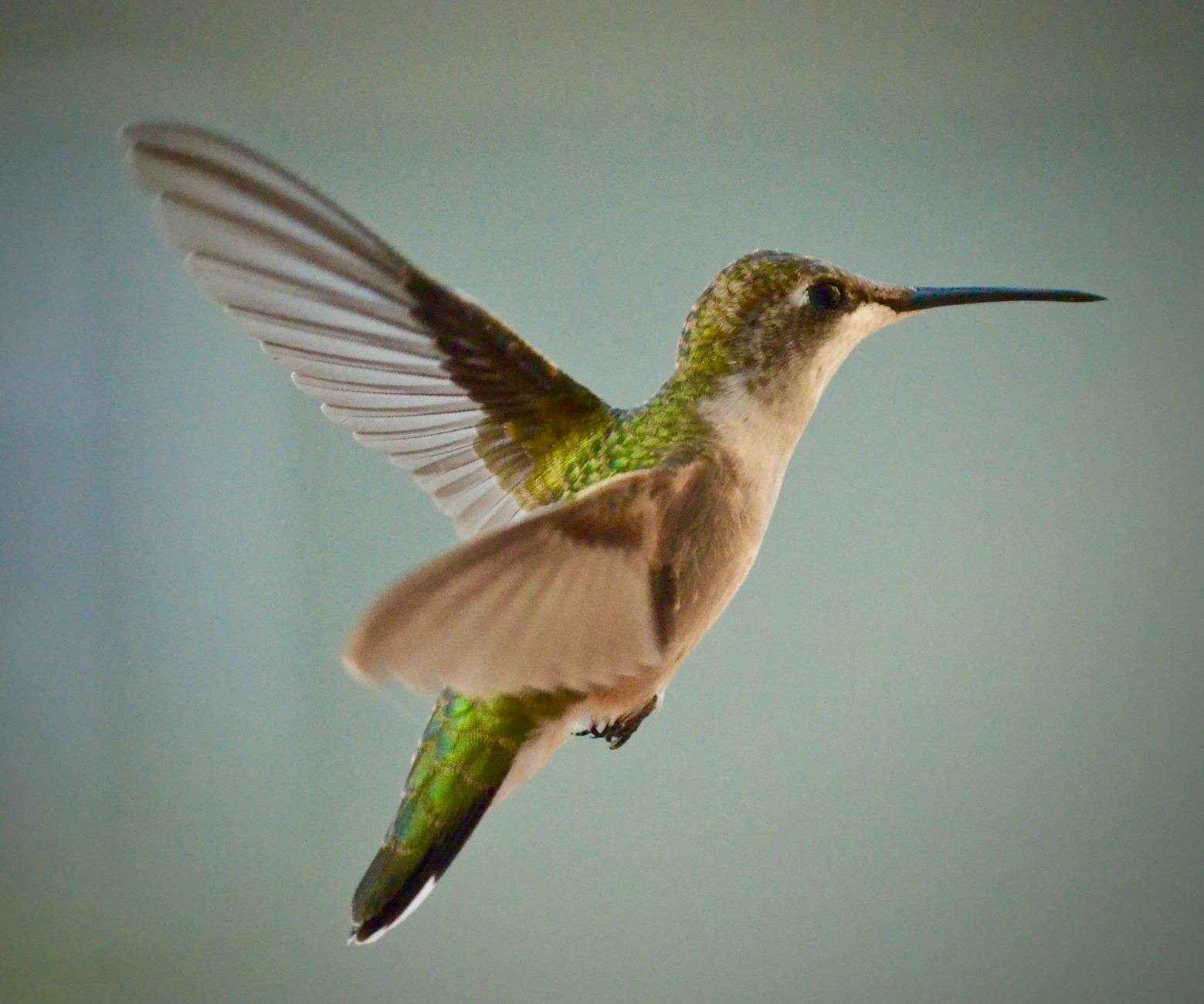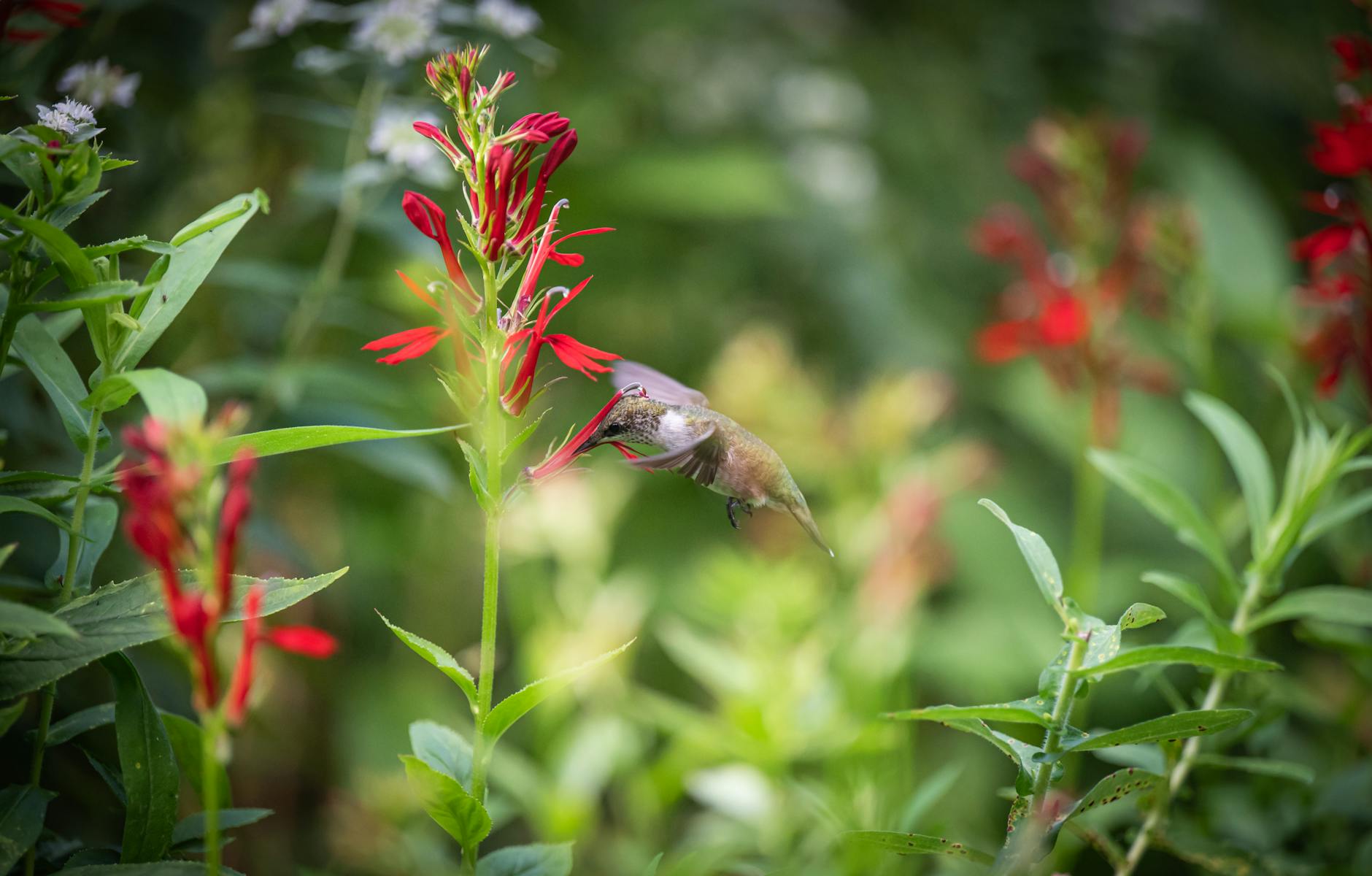Amazing Facts About the Hummingbirds of the Amazon Rainforest
Hummingbirds are some of nature’s most fascinating creatures, especially in the vibrant Amazon rainforest. Have you ever wondered how these tiny birds can zip through the air with such agility? In this post, we’ll highlight the colourful diversity and unique adaptations that make Amazonian hummingbirds truly remarkable.
From their incredible ability to hover mid-air to their intricate relationships with local flora, these birds play a vital role in their ecosystem. You’ll discover surprising facts about their behaviour, diet, and habitats that make them more than just beautiful sights in the trees. Prepare to be amazed as we uncover what makes these creatures so unique in the heart of the Amazon.
Physical Characteristics of Amazonian Hummingbirds
Amazonian hummingbirds are a stunning display of nature’s creativity. Their physical characteristics not only make them visually captivating but also enhance their survival in the lush rainforest environment. Let’s explore the size, colouration, and feeding adaptations that set these remarkable birds apart.
Size and Weight
Amazonian hummingbirds come in various sizes, from the petite to the remarkably larger species. The smallest hummingbird, the bee hummingbird, measures just 5 cm (2 inches) in length and weighs less than 2 grams, which is about the weight of a feather. On the flip side, larger species can reach lengths of up to 13 cm (5 inches) and weigh around 4.5 grams.
- Smallest Species: The bee hummingbird is a true marvel at 5 cm long.
- Largest Species: Hummingbird species like the giant hummingbird can be significantly larger, showcasing a diverse range.
For more detailed information on their weights and sizes, visit Birds and Blooms.
Colouration and Patterns
A striking aspect of Amazonian hummingbirds is their vibrant colouration. Their feathers exhibit a dazzling array of colours ranging from iridescent greens and blues to fiery reds and oranges. For instance, the ruby-throated hummingbird has an eye-catching ruby throat that plays a significant role in attracting mates.
These colours serve multiple purposes:
- Camouflage: The greens and browns help them blend into the foliage, protecting them from predators.
- Mating Displays: Males use their bright colours during courtship displays to impress females, ensuring the continuation of their species.
You can explore more about their beautiful hues at Hummingbird Facts.
Adaptations for Feeding
Hummingbirds are specialists in nectar feeding, and their physical adaptations reflect this. Their long, slender beaks enable them to reach deep into flowers, extracting nectar. A unique feature of their anatomy is their tongue, which is not just a simple muscle but a highly adaptable tool.
- Beak Shapes: Different species have evolved various beak shapes to access different flower types, ensuring a niche in the diverse ecosystem.
- Tongue Function: Their forked tongue can extend beyond the beak to lap up nectar efficiently.
This remarkable adaptation not only sustains them but also contributes to the pollination of many plant species. For insights into the anatomy of hummingbirds, check out this link on Hummingbird Characteristics.

Photo by A. G. Rosales
Behavioural Traits
Hummingbirds showcase an array of remarkable behaviours that illustrate their adaptability and unique lifestyle within the Amazon rainforest. Understanding these behaviours gives insight into their roles within the ecosystem.
Feeding Habits
Hummingbirds are known for their impressive feeding techniques. They primarily consume nectar from flowers but also incorporate insects and tree sap into their diet. This diverse menu is essential for their high-energy needs. A hungry hummingbird might visit between 1,000 and 3,000 flowers daily to maintain sufficient caloric intake.
Their feeding mechanics are fascinating. Using their long, slender beaks, these birds can extract nectar from deep within blossoms. Their specialised tongues, which can extend, help them efficiently collect nectar while simultaneously transferring pollen from one flower to another, aiding in pollination. In this way, hummingbirds act as significant pollinators for many plants in the rainforest.
For more detailed information on their feeding habits and pollination role, check out Hummingbirds and Bird Pollination.

Photo by AS R
Mating Rituals and Displays
The courtship behaviours of hummingbirds are a spectacular sight. Males engage in dramatic aerial displays to attract females, often accompanied by specific vocalisations. These displays typically include rapid dives and hovering techniques that showcase their agility and vibrant plumage.
During mating, males may also demonstrate their prowess by performing intricate aerial dances, while females watch intently. Traditional practices vary across species, but the overall goal remains the same: to impress potential mates.
For those interested in the details of these fascinating rituals, you can learn more about them in this article on Hummingbird Mating.
Territorial Behaviour
Territoriality is a notable trait among hummingbirds, particularly among males. They fiercely defend their feeding grounds from intruders and can be aggressive when protecting their territory. This behaviour ensures that they have exclusive access to essential food sources, which is crucial for their survival.
These territorial displays can include loud squawking, aggressive posturing, and even physical confrontations. The Rufous Hummingbird, for example, is well-known for its feisty temperament. Males will go to great lengths to mark and defend their domain, using both sound and body language as warning signals.
To understand more about their territorial behaviours and how they interact with others, visit Are Hummingbirds Territorial at Feeders and Flowers?.
Ecological Importance
Hummingbirds hold a crucial position within the Amazon rainforest ecosystem. Their interactions with plants and their role as indicators of biodiversity highlight their ecological significance. Let’s explore their contributions in more detail.
Pollination Effects
Hummingbirds are exceptional pollinators. As they feed on nectar, they inadvertently transfer pollen from flower to flower. This process is essential for the reproduction of many plant species. The unique anatomy of hummingbirds, including their long, slender beaks and extending tongues, allows them to access nectar from deep within blooms.
- Specialised Pollinators: Some plants have evolved specifically to attract hummingbirds, developing tubular flowers that are ideally suited for their feeding style.
- Cross-Pollination: By visiting multiple flower species, hummingbirds facilitate cross-pollination, which enhances genetic diversity among plants. This process contributes to the overall health of the ecosystem.
Their role in pollination is not only vital for plant reproduction but also impacts local food webs. For an in-depth look at the significance of hummingbirds in pollination, visit Pollinator.org.

Photo by Chait Goli
Biodiversity Indicators
The presence and diversity of hummingbirds serve as indicators of the health of the Amazon ecosystem. Changes in their populations often reflect alterations in floral diversity and overall habitat quality.
- Environmental Changes: Hummingbirds are sensitive to shifts in their environment. A decline in their populations may signal issues such as habitat loss or climate change impacts.
- Species Diversity: The variety of hummingbird species within a region can indicate the richness of the ecosystem. High hummingbird diversity suggests a robust and healthy habitat, while diminished diversity may point to ecological problems.
Monitoring hummingbird populations can provide valuable insights into the Amazon rainforest’s ecological status. Their small stature belies the significant role they play in understanding ecosystem health. To learn more about how hummingbirds indicate biodiversity, check out One Earth.
Conservation Challenges
Hummingbirds in the Amazon face numerous conservation challenges that threaten their survival and the ecosystems they inhabit. Addressing these issues requires collaboration, awareness, and proactive efforts.
Habitat Loss
Deforestation and habitat destruction significantly impact hummingbird populations. The Amazon rainforest, rich in biodiversity, is increasingly losing its lush habitats due to logging, agriculture, and infrastructure development. These activities not only remove essential flora where hummingbirds feed but also fragment their habitats, making it harder for them to find food and mates.
- Deforestation Rates: The Amazon has one of the highest deforestation rates globally, leading to habitat loss for countless species, including hummingbirds. A study indicates that habitat destruction directly correlates with declines in hummingbird diversity and numbers link.
- Fragmentation Issues: As trees are removed, remaining patches of forest become isolated. This fragmentation can hinder hummingbird movement between food sources, which can be detrimental to their survival.

Photo by Chris F
Climate Change
Climate change poses a serious threat to the delicate balance of hummingbird habitats. Rising temperatures and altering weather patterns can profoundly affect their food sources and migratory patterns.
- Food Source Availability: Changes in climate can lead to shifts in flowering times. If flowers bloom earlier or later than hummingbirds arrive, their food supply diminishes. This makes it crucial for these birds to adapt quickly or risk starvation link.
- Modifying Migration Routes: Hummingbirds migrate to find suitable climates and abundant food. As climate change alters landscapes, their traditional migratory paths may no longer be viable, affecting their breeding and survival rates link.
Conservation Initiatives
Many successful conservation projects are underway to protect hummingbird habitats and improve their chances of survival in the Amazon.
- Community Involvement: Projects that engage local communities have proven effective. Initiatives that educate residents about the importance of hummingbirds and their habitats often lead to better conservation outcomes. One such effort turned an illegal logger into a habitat protector link.
- Restoration Projects: Efforts to restore natural habitats are critical. By replanting native flora and establishing protected areas, conservationists can provide safe environments for hummingbirds to thrive.
Ongoing commitment to these conservation initiatives can help mitigate the challenges faced by the astonishing hummingbirds of the Amazon.
Conclusion
The hummingbirds of the Amazon play an invaluable role in maintaining the health of their ecosystem.
Their unique ability to pollinate a wide variety of plants fosters biodiversity, ensuring the continuation of numerous species.
Preserving these tiny birds is essential, not just for their survival, but for the balance of the rainforest itself.
As we reflect on their impact, consider this: What can we do to protect the habitats that support these remarkable creatures?
Your actions can make a difference. Explore conservation efforts or support local initiatives focused on preserving the Amazon.










